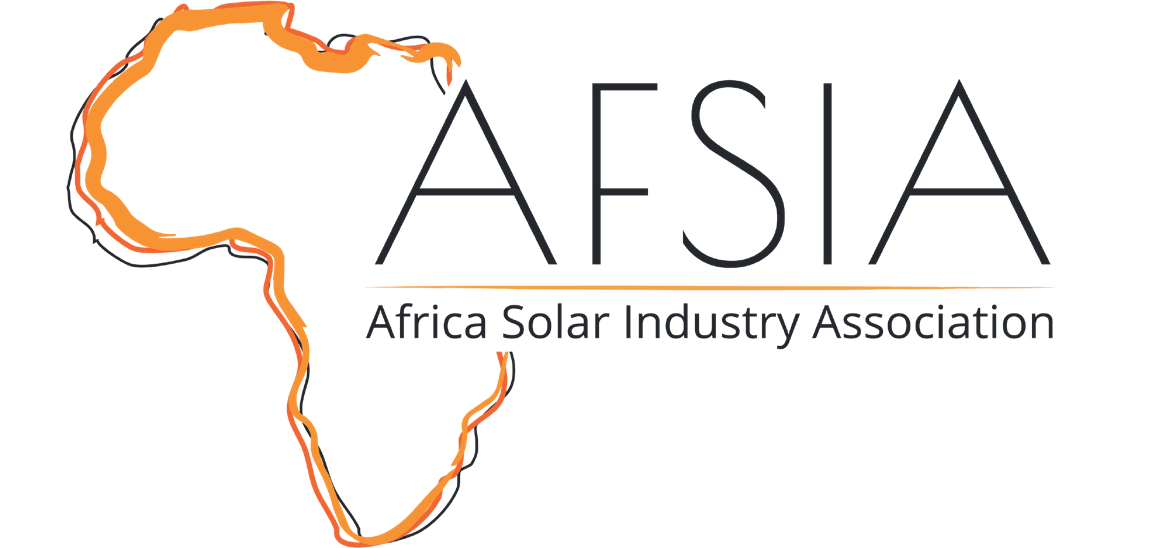
- This event has passed.
e-conference: Solar Power in Africa
February 24, 2021 @ 8:00 am - February 25, 2021 @ 5:00 pm

Africa is gradually shifting from traditional hydropower plants to solar PV to ensure energy access to all and support sustainable economic growth. The key factor driving this trend is substantial cost reductions in solar PV equipment over the past few years. According to an IRENA report, solar PV prices have fallen by 82 per cent over the period 2010-19. In the past two years, particularly in Africa, there has been a decline of 30 per cent in solar PV costs.
Most African countries have set high solar energy targets. For instance, by 2030, Morocco targets 10 GW of solar power capacity, South Africa 8.5 GW and Nigeria 6 GW. Kenya is targeting around 10 GW of solar capacity by 2033, while Egypt is looking to have solar make up 25 per cent of its energy mix. Concerted efforts are being made in many other countries such as Uganda, Ghana and Namibia for creating an enabling policy and regulatory environment to attract investments in this space.
In many respects, Africa has the potential to be one of the most significant markets in terms of solar power deployment. There is a large unmet demand in the region as close to 600 million Africans do not have access to electricity. The region is also getting significant support from a large number of development finance institutions, financial donors and climate funds that are looking to mitigate the risks associated with solar projects, both grid-connected and decentralised.
Amidst opportunities, there also exist several challenges. One of the challenges for private sector-owned grid-connected utility-scale solar projects is that offtakers are not creditworthy in many parts of Africa. Hence, there is a need for guarantees and other risk mitigation steps to secure financing for these projects.
Another challenge pertains to the ageing transmission and distribution network in many countries. As the variable solar power assumes a bigger role in the region’s generation mix, maintaining grid resilience and security will become paramount, and utilities will be required to adopt solutions for generation forecasting and grid balancing. Apart from expanding the physical grid, African utilities are expected to invest in new technologies to make the grids more reliable, resilient, secure and smart. In several countries, the lack of cost-reflective power tariffs is a challenge. This is a key issue for solar minigrid developers that are competing with conventional players.
Challenges notwithstanding, initiatives to add large solar power generation capacities are under way across Africa. The Covid-19 crisis has further promoted solar power as a key solution to Africa’s power crisis and to switch on a continent wide strategy for its recovery.
REGlobal with support from Global Transmission Report and Renewable Watch, is organizing a virtual conference on Solar Power in Africa on February 24-25, 2021. The objective of the conference is to present emerging opportunities, study the impact of recent policies and regulations, discuss challenges, and explore technological and financing solutions to realise the solar targets across the continent.
The two-day virtual event will have around 12 live sessions, covering relevant topics for all stakeholders in the solar power space. It will highlight the emerging trends, country plans and perspectives, progress across solar sub-segments like rooftop, utility-scale, energy storage and microgrids, O&M practices, grid integration needs and impact of recent policies. It will also feature case studies and emerging solar power business models.
The conference is targeted at solar project developers, EPC players, government departments, regulators, investors, consultants, industry associations, equipment suppliers and solution providers that are shaping the future of Africa’s solar power market.
Register here

